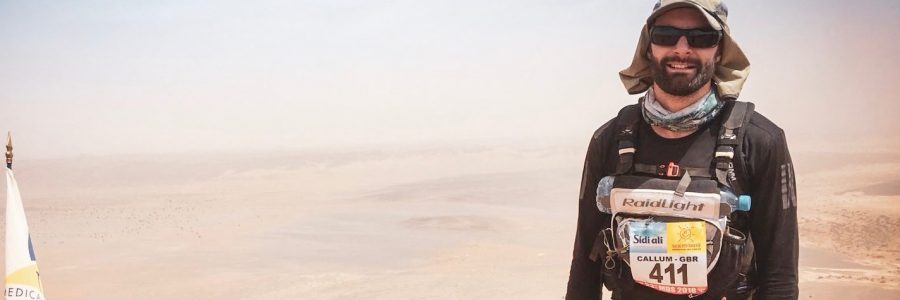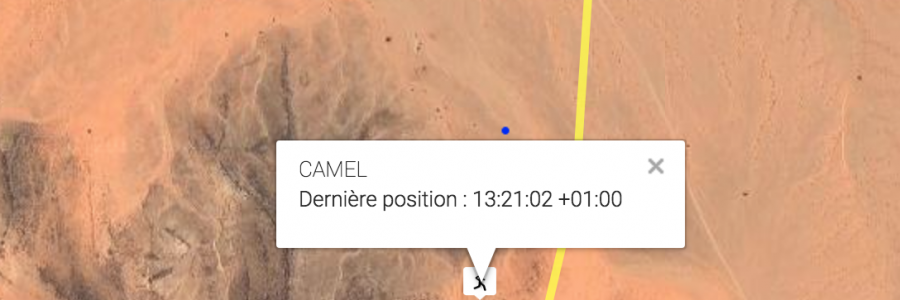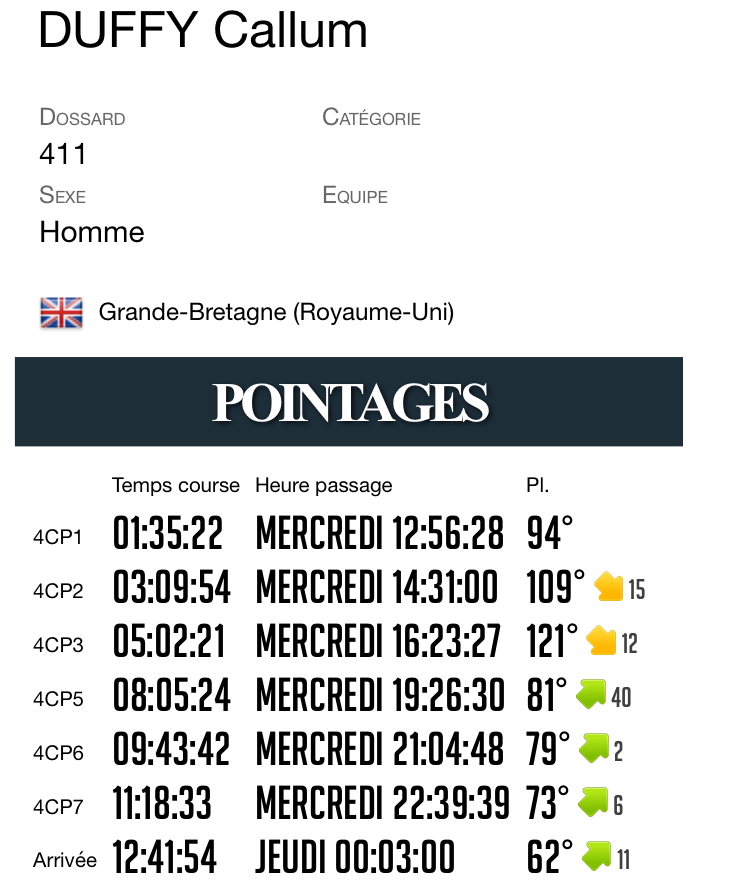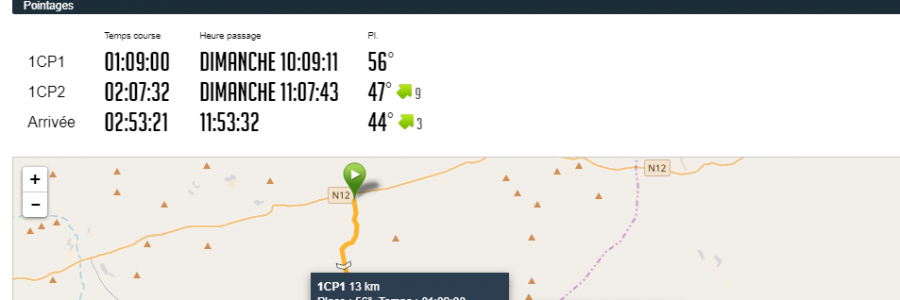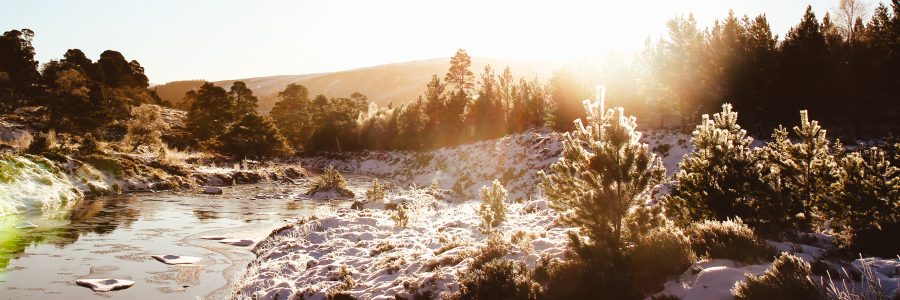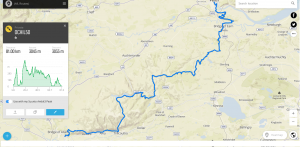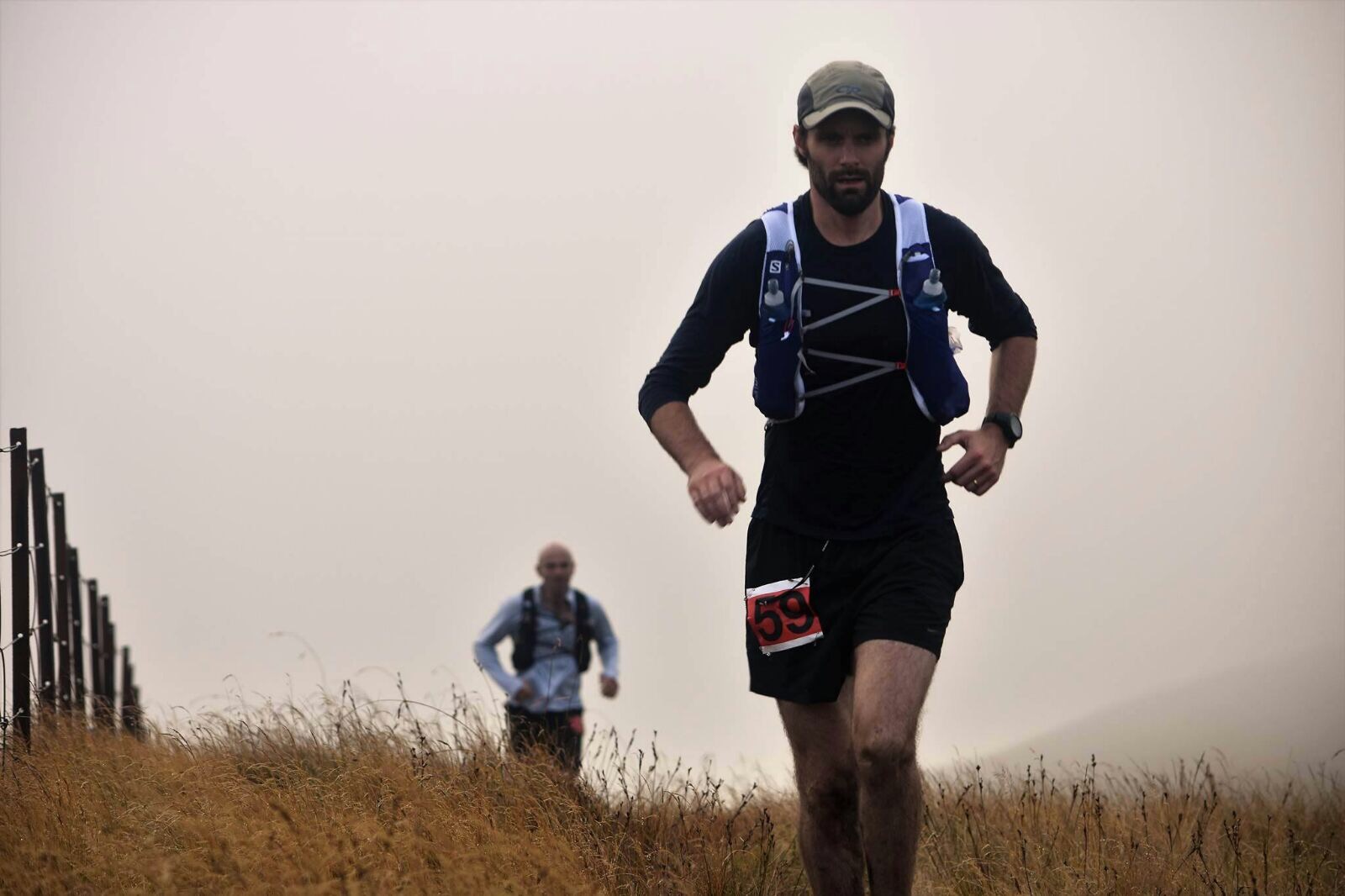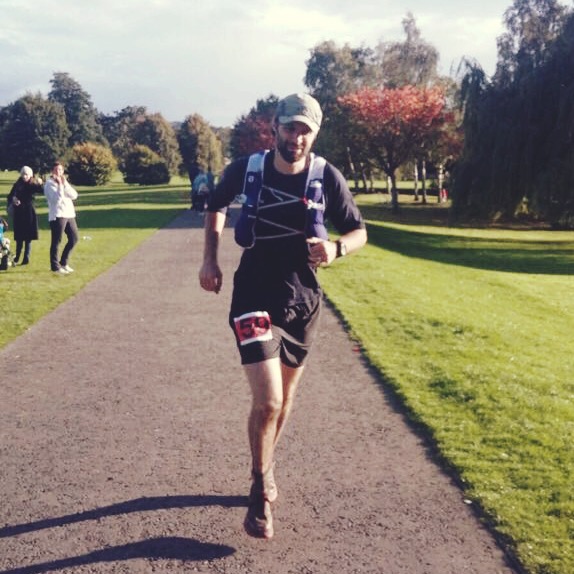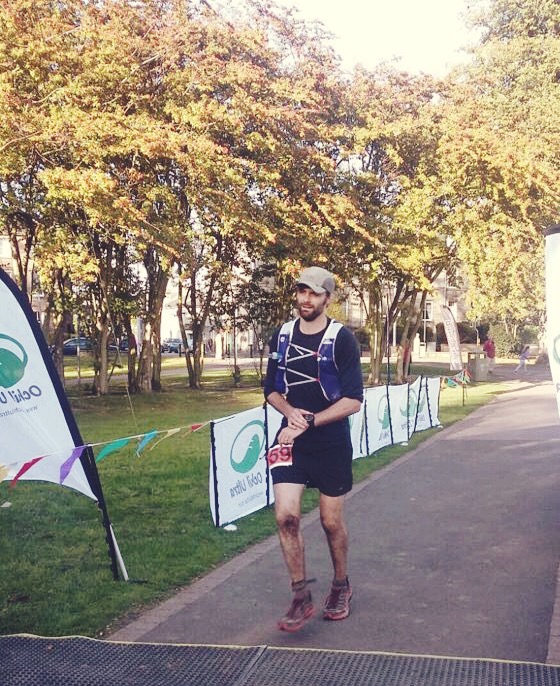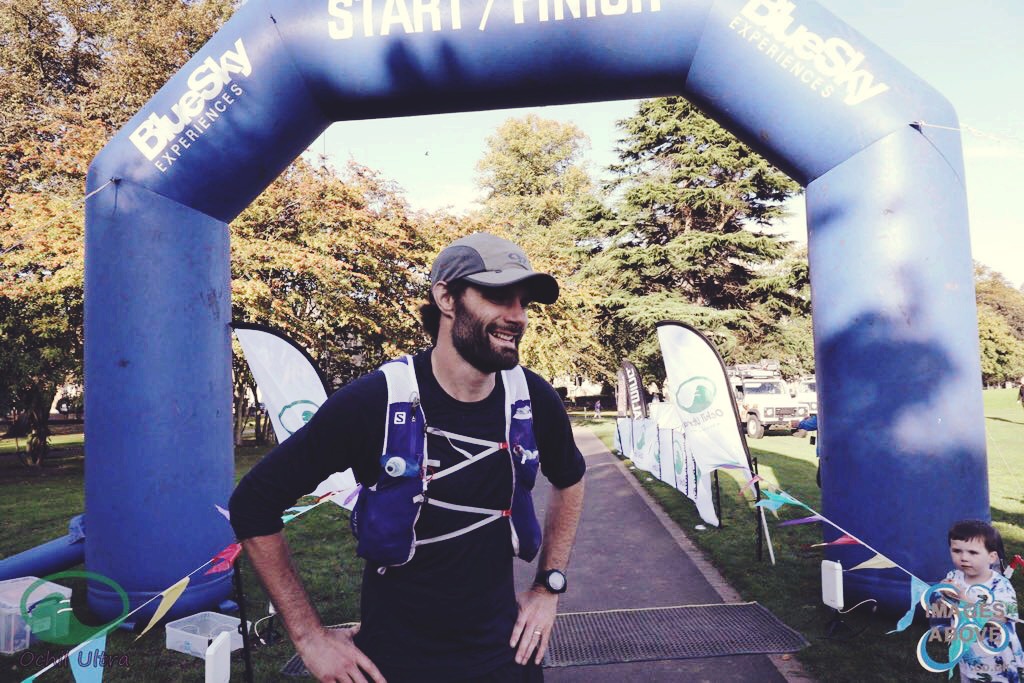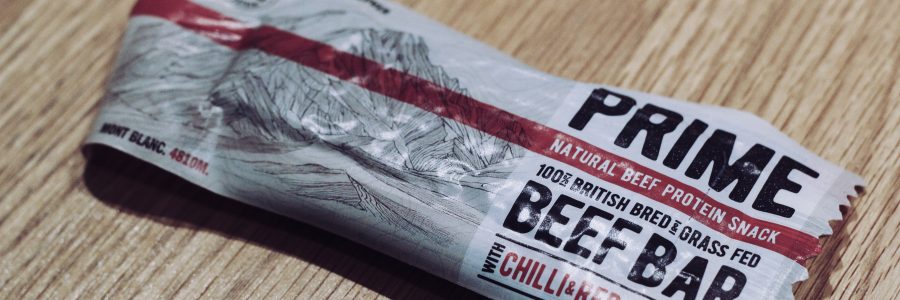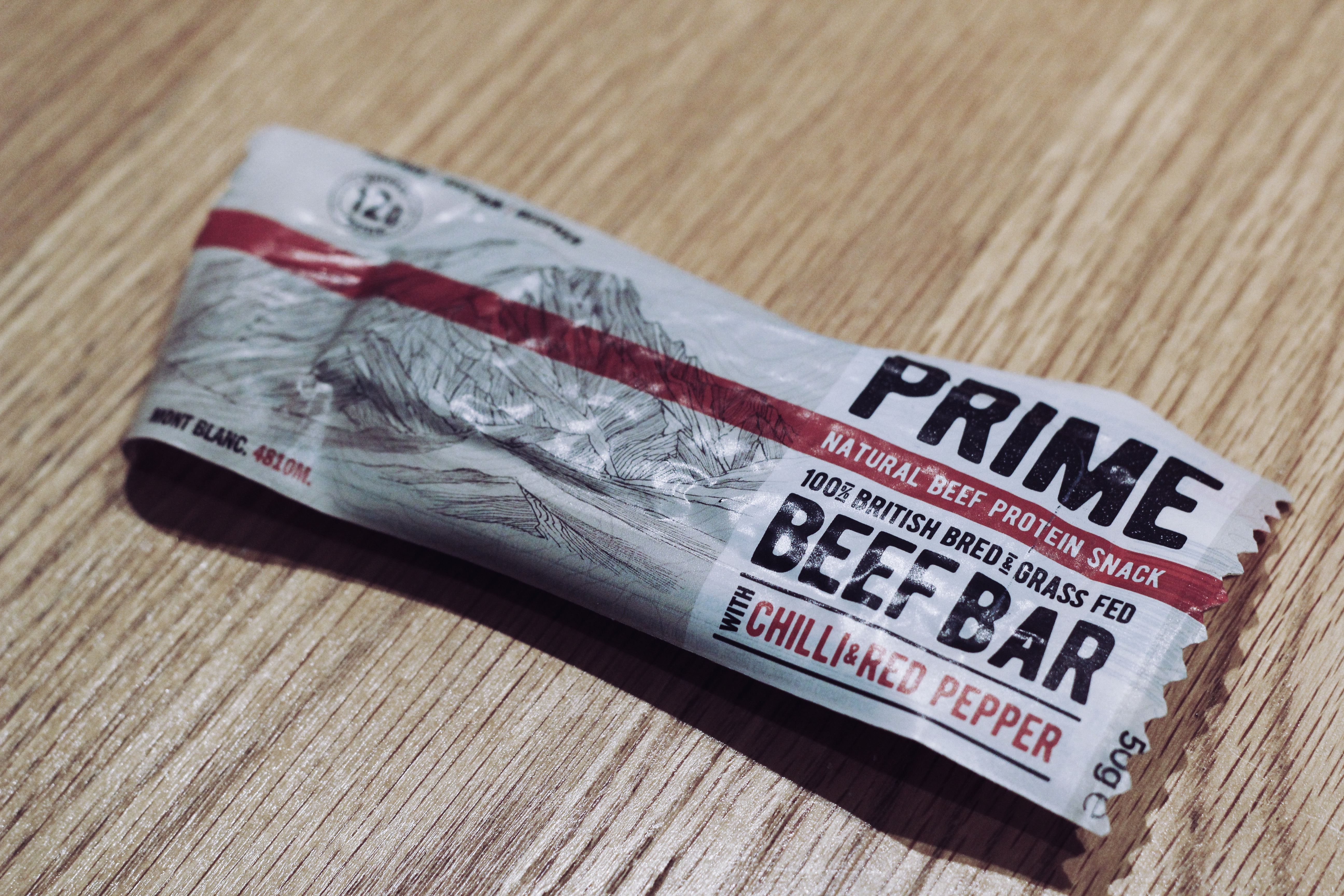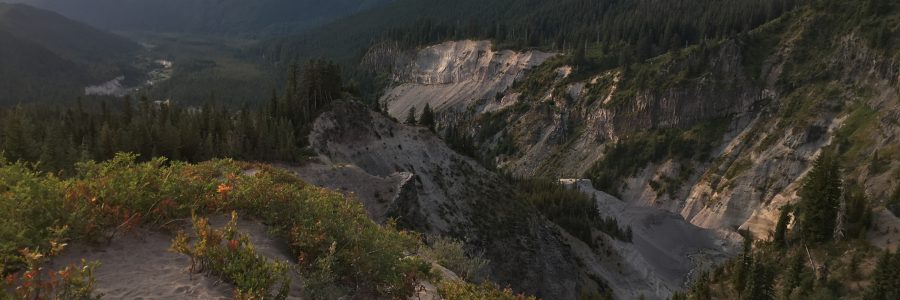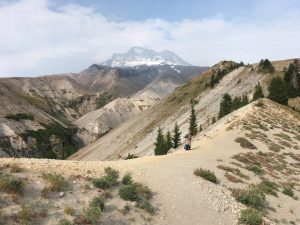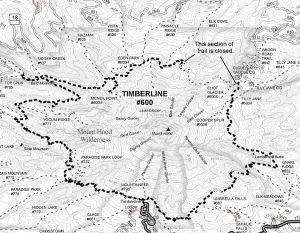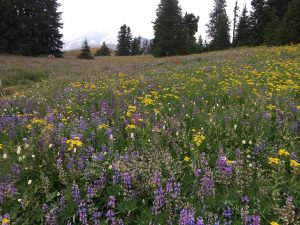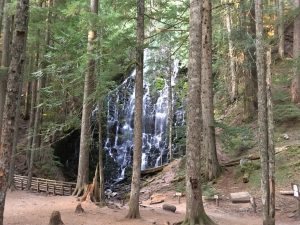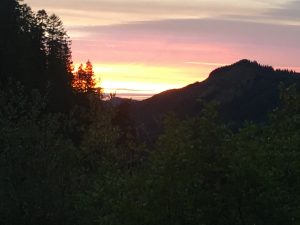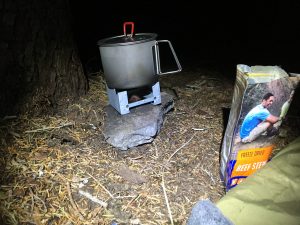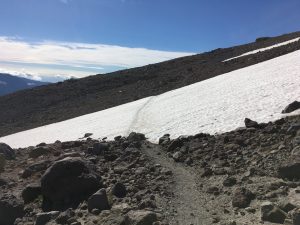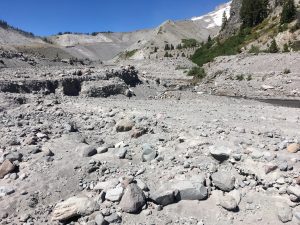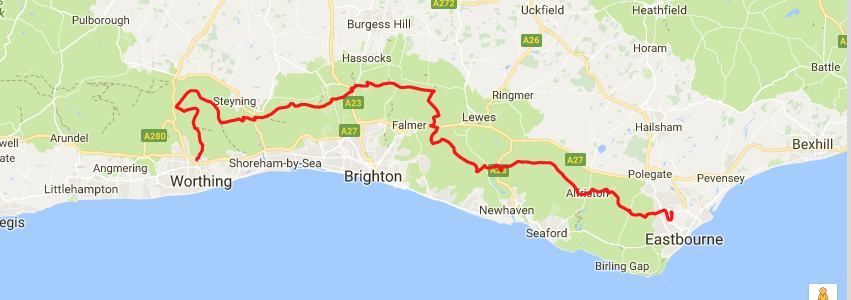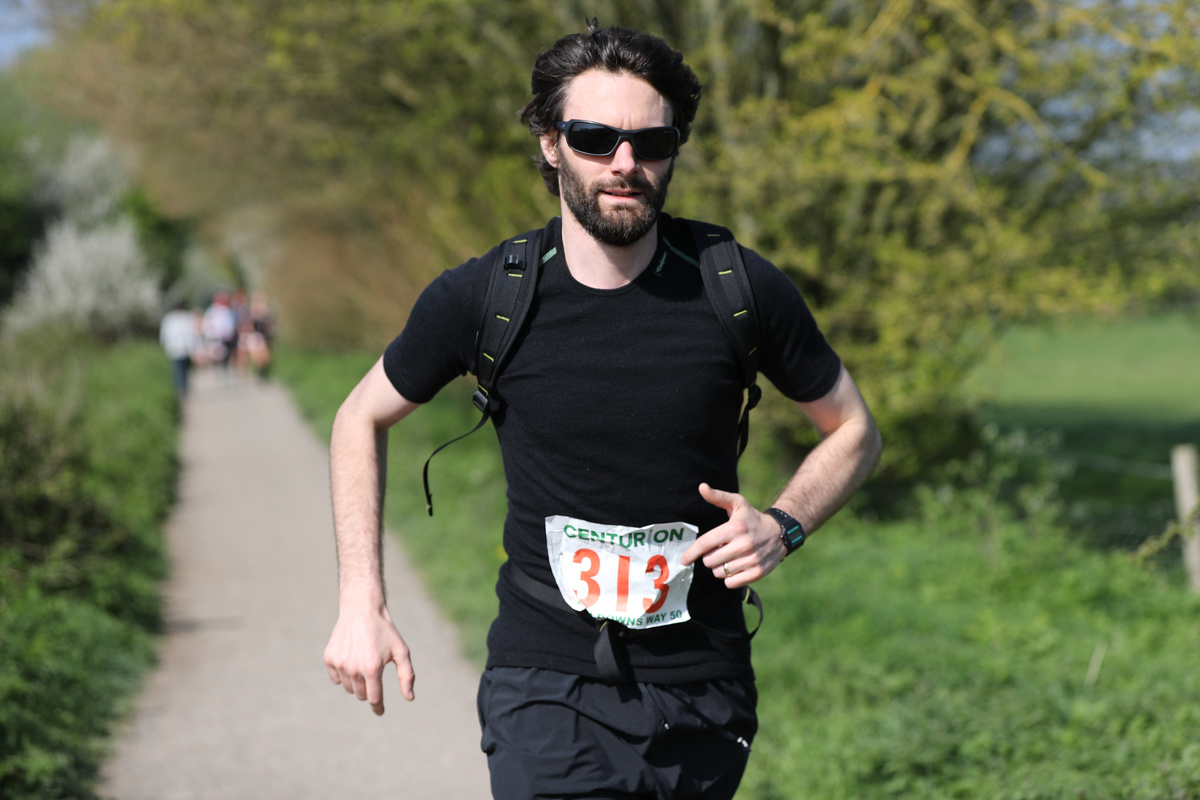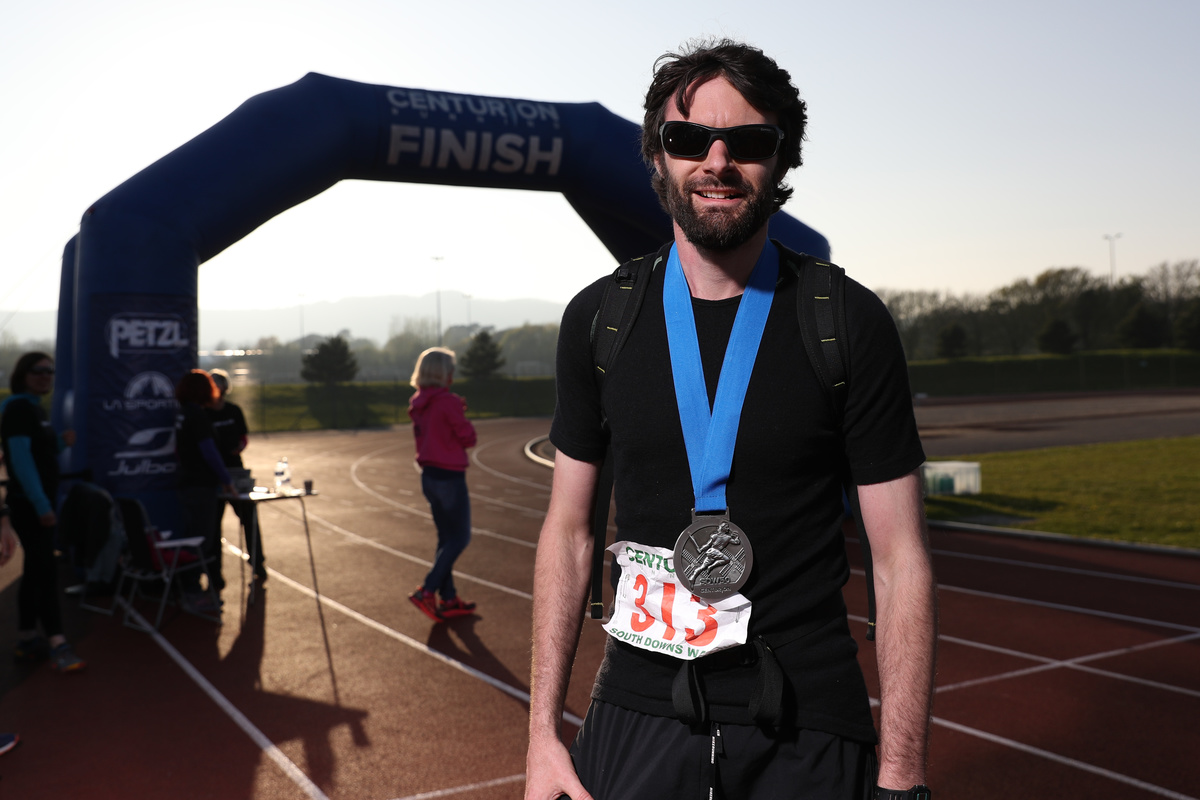Two things coincided recently in Scotland; 1.) Duffy was flying up for a meeting on the Monday morning; and 2.) a massive dump of snow in the Cairngorms was followed by clear weather. These two combined made for ideal reasons to head up North and get some quality (hard) miles of tabbing under our belt, carrying weight.
Distance: About 15miles (the Garmin died about 2 miles from the end)
Kit Carried: About 15kg. Full winter kit, including crampons, ice axe, and a couple of kg of camera stabiliser.
Weather: Clear skies, deep snow, minus 14C.
As is the perpetual situation of any parent, asking your partner in crime to shoulder the full burden of an eleven month old baby and a potty training three year old is not something done lightly, or without huge sensations of guilt. So in order to actually use this occasion to reduce my time away from family, I decided to take some kit along to film stock for my new freelance website. The extra, unwieldy weight was probably the only price to pay with a benefit arriving in the form of more rest breaks. But permission granted, we set out.
The roads North to the Cairngorms were suspect, and Duffy’s rental Astra objected a few times but we got there ok. The weather was promising to offer up spectacular conditions and we weren’t disappointed to say the least.
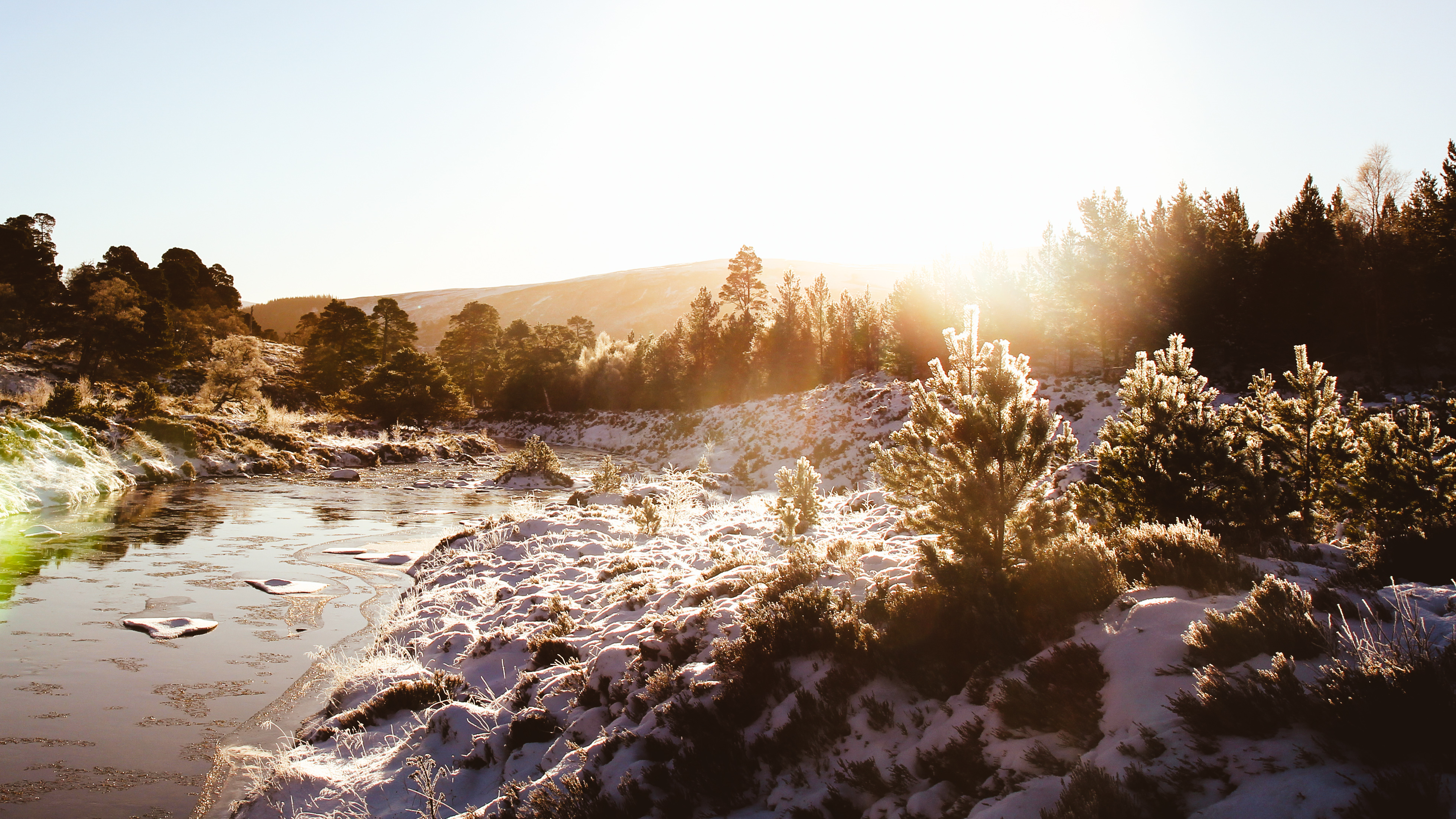
OK, so let’s start by saying that Duffy had already clocked 16 miles the day before doing Beinn a’Ghlo, and was brutally hungover following a late night catch up with his brother in law. That gave some hope of a level playing field, but hope that was soon to be dashed. The man eats up miles in the same way I have been eating up mince pies.
Getting out of the car was the first challenge of the day. Two other people reported the temp being -14C, which is a bit cheeky. So you’re presented with the age old dilemma of “do we start with warm kit on, and strip off, or just be brave”. We were cowards. There was no way in hell the buffalo was coming off until I was sweating profusely.
It must be said, the conditions in the Cairngorms were stunning. There is something utterly invigorating about crunching through the frozen forests from the Linn of Dee car park before opening out into wider vistas of sparkling hills on the way to Glen Lui. There was not a sole to be seen and it was totally silent, beyond the occasionally bird chirp and the gentle rustling of the river.
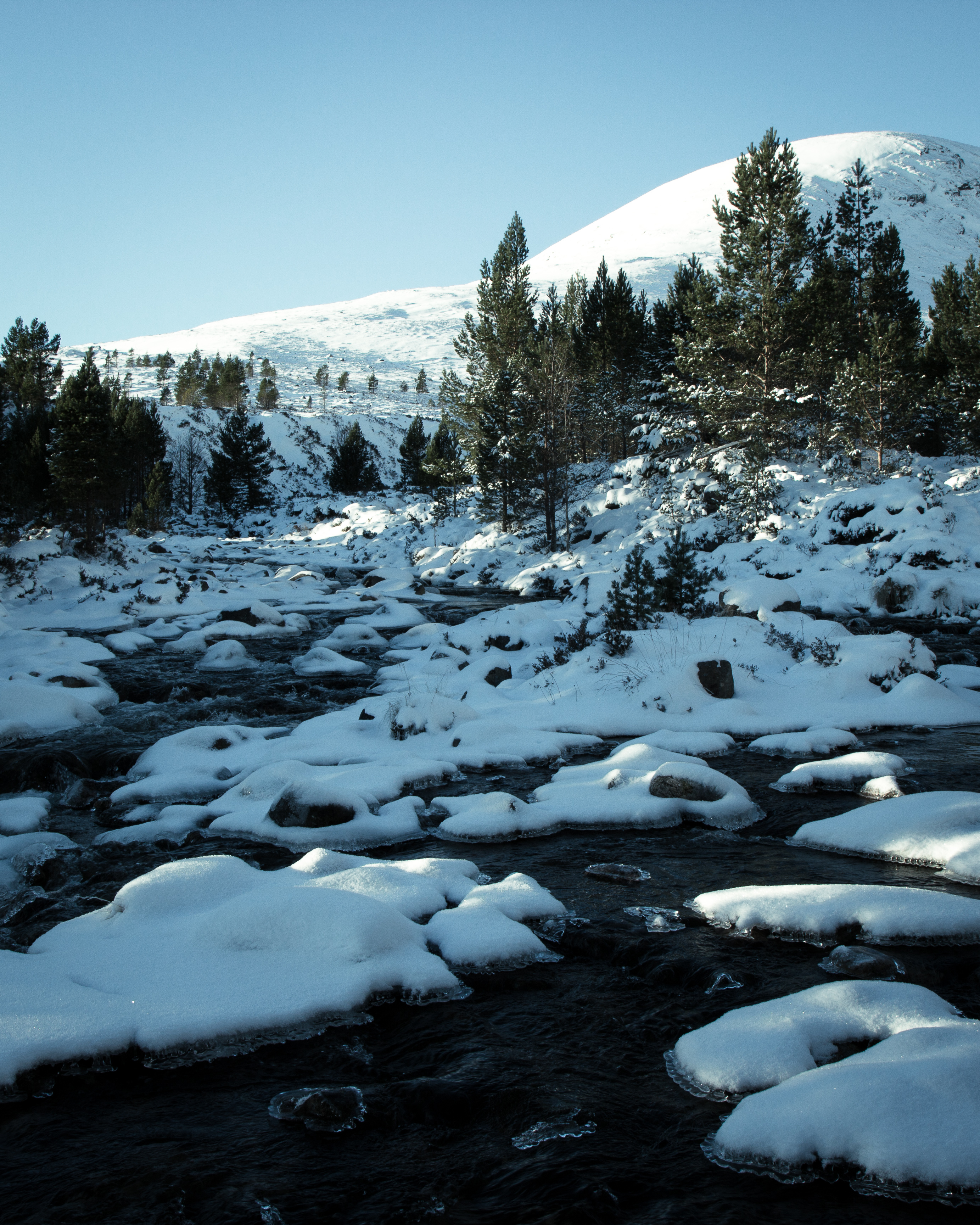
Anyway, this was a training exercise and the aim had been to climb Devil’s Peak (a somewhat sanitised translation from the Gaelic to save Queen Vic’s blushes – though she was apparently a total randy mare so I doubt she’d have been shocked) from Linn of Dee in the 7 hours of daylight available to us. This required us to be in the Cairngorms at about half eight. Road conditions made this timeframe impossible, so we altered plans to just see how far we would get and enjoy the walk while we went.
The initial walk to Derry Lodge was simple, as that track was well used and shallow. Beyond that it started to get deeper, but still fairly simple until we started getting towards Luibeg Burn. The snow still wasn’t too deep, with a simple path of trodden snow weaving through the laden branches. After the burn however, Lordy, the pain started. Climbing from Luibeg Bridge around to the Lairig Ghru was exhausting, with each step seeing us drop to knee or nether regions in snow. The effort required to haul the leg out, sinking in with the other, then lurching forward, will surely be as good a preparation for the energy sapping sand dunes as any amount of powdered silica could be.
The weight we were carrying was certainly heavier than we’ll have to haul on the MdS. My old Craghopper’s rucksack has seen better days and wasn’t doing my back any favours so one take away is that the pack used in the desert will want to be packed with priority given to weight distribution. Hopefully the front pack can be used to counterbalance the backpack.
Having hauled ourselves to the highest point of the shoulder of Carn a’Mhaim, we stopped, dropped packs and took in the views of Devils Point as the sun dropped behind the hills.and what little warmth there was went with it. If things could have got more silent, I don’t know how. But then we realised we had a rapid tab out to undertake and it was on the way to darkness. Darkness in itself is not a problem, as we have headtorches, spare batteries, etc. But we wanted to get shifting before the next ice age descended on the car.
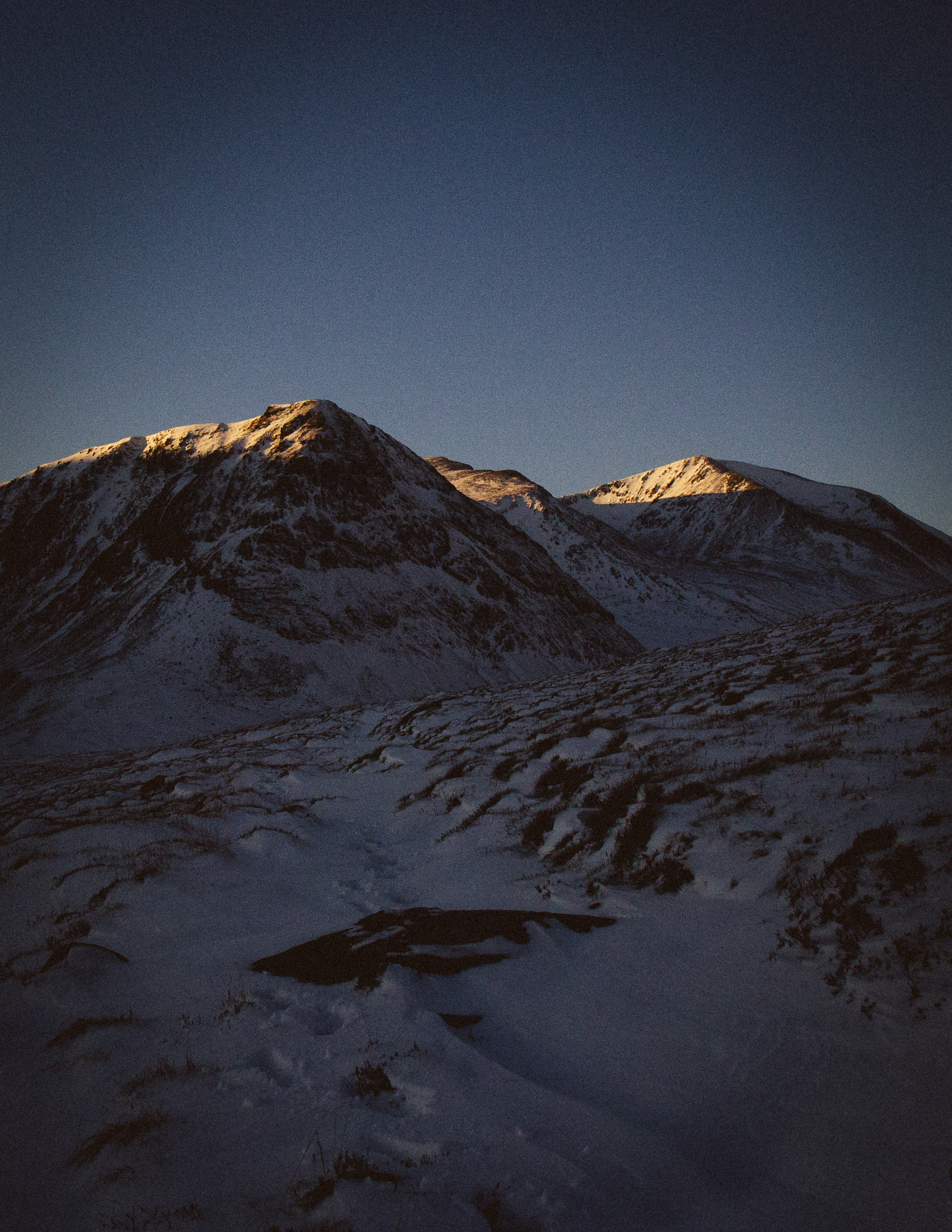
Without the time taken to film or take in the views, our pace dramatically increased on the way out. Duffy was habitually getting about 100-200m ahead of me every few miles, but that’s fine, given our event ambitions. What is reassuring is that after a hard few hours or total energy draining hiking, carrying perhaps 50-100% more than we will in the Sahara, we were able to maintain somewhere around the 4mph pace without too much issue. The other take away was that biltong is great food for the trail but causes serious lactic acid built up in the jaws when it is largely frozen.
A quality Cairngorms mountain day, in every definition of the term, and one which instils a bit of confidence in advance of the months of training ahead.
Rob is a chubby, out of shape bloke who spent a lot of time in Sub Saharan Africa peering down well shafts. He is not suited to running long distances.



